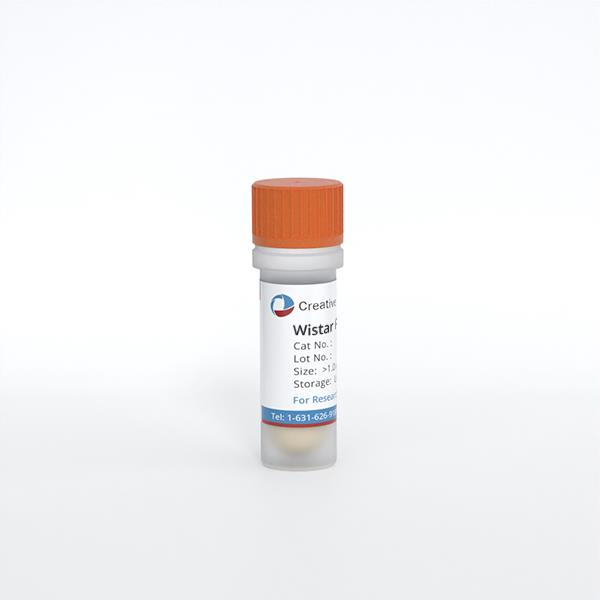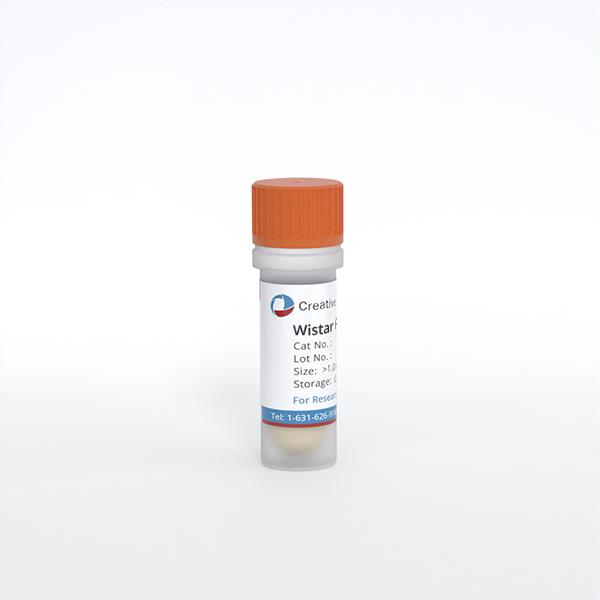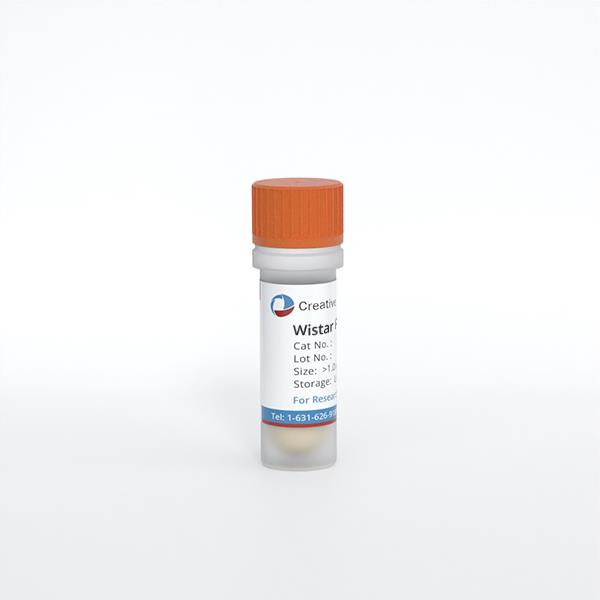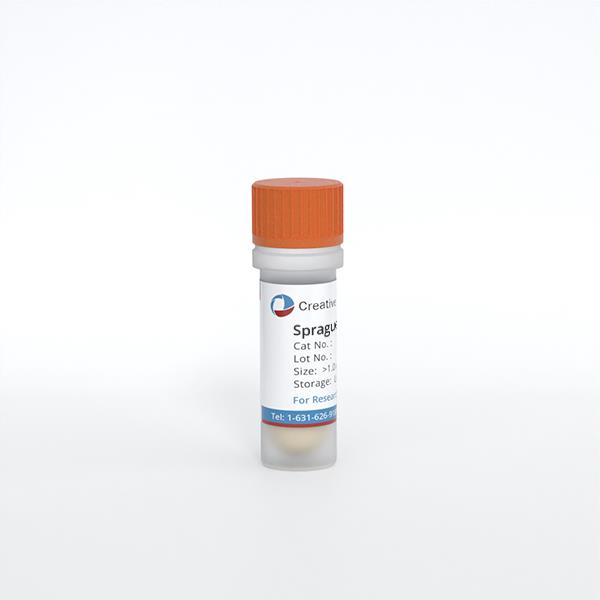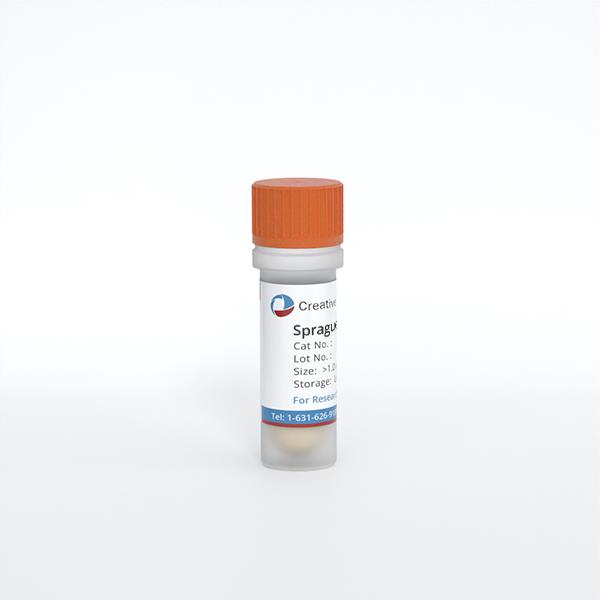Featured Products
Hot Products
ONLINE INQUIRY
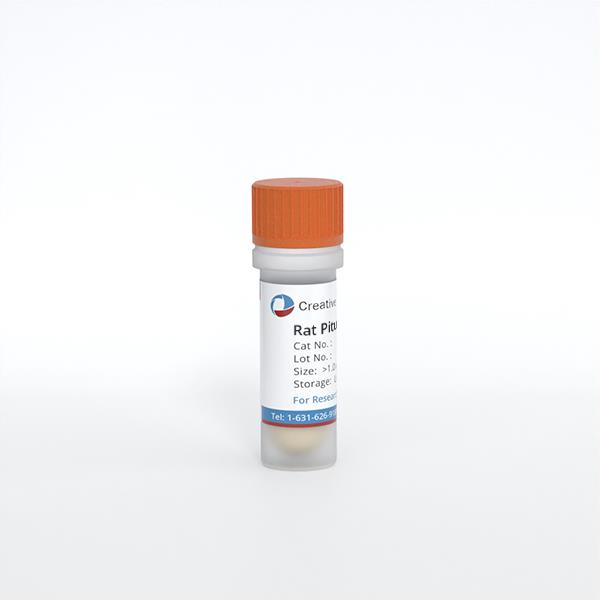
- Specification
- Q & A
- Customer Review
Cat.No.
CSC-C1782
Description
The pituitary is a small, pea-sized gland located at the base of the brain. It is responsible for controlling and coordinating: 1) growth and development; 2) the function of various body organs; and 3) the function of other glandular organs. The study of pituitary gland development provides a remarkable example of cell specification. There are six major cell types of the anterior (endocrine) pituitary, and eight hormones: growth hormone, prolactin, thyrotrophin stimulating hormone, adrenocorticotrophic hormone, leutinizing hormone, follicle stimulating hormone, melanocyte stimulating hormone, and endorphin are produced by different pituitary cells, which are located in specific regions of the pituitary gland. Many pituitary cell types have been shown to express natriuretic peptide receptors and to respond to natriuretic peptides, to stimulate cGMP accumulation.
RPC are isolated from neonate day 8 rats and cryopreserved in primary culture with further purification and expansion. Each vial contains >5 x 10^5 cells in 1 ml volume. RPC are negative for mycoplasma, bacteria, yeast and fungi. RPC are guaranteed to further culture in the conditions provided by Creative Bioarray.
RPC are isolated from neonate day 8 rats and cryopreserved in primary culture with further purification and expansion. Each vial contains >5 x 10^5 cells in 1 ml volume. RPC are negative for mycoplasma, bacteria, yeast and fungi. RPC are guaranteed to further culture in the conditions provided by Creative Bioarray.
Species
Rat
Source
Brain
Recommended Medium
It is recommended to use Neuronal Medium for the culturing of RPC in vitro.
Disease
Normal
Storage and Shipping
ship in dry ice; store in liquid nitrogen
Citation Guidance
If you use this products in your scientific publication, it should be cited in the publication as: Creative Bioarray cat no. If your paper has been published, please click here to submit the PubMed ID of your paper to get a coupon.
Ask a Question
Write your own review
Related Products


